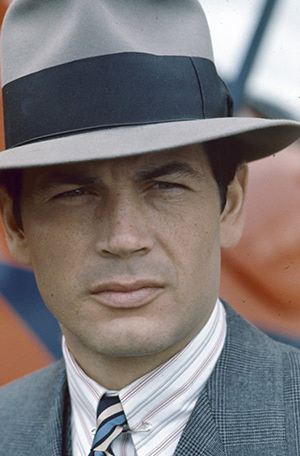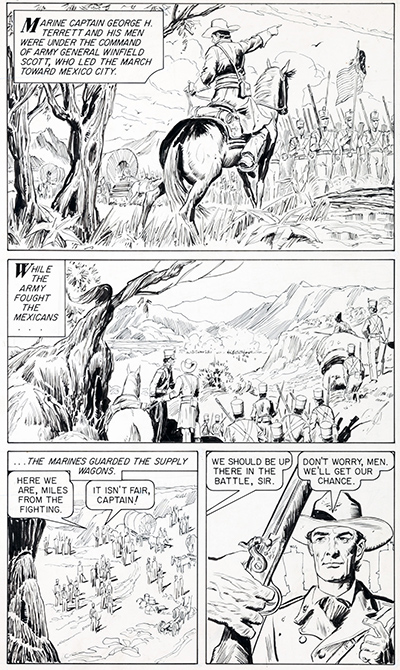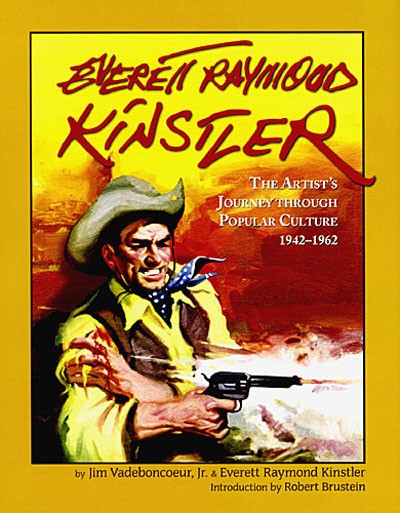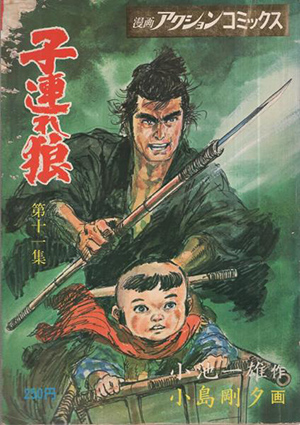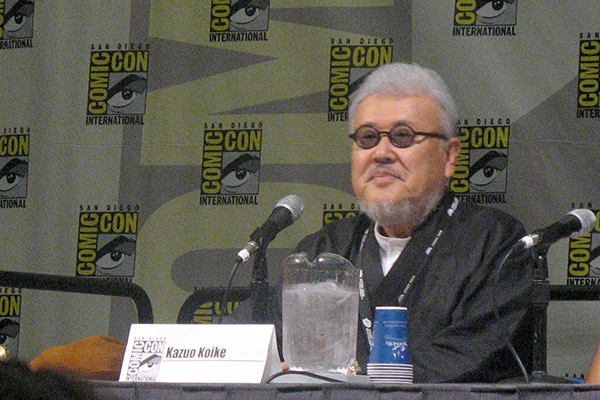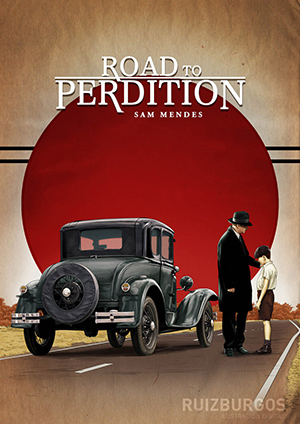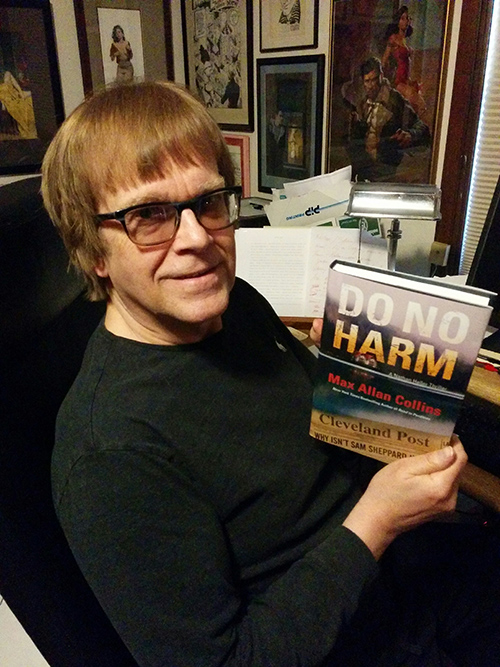
I have ten finished copies each of the new Nate Heller, Do No Harm, and the second Krista Larson, Girl Can’t Help It, available first-come-first-served, in return for Amazon and or other reviews, including blogs.
[Note from Nate: The giveaway is over. Thank you for your participation! Keep an eye out for more to come.]
I am counting on your support because, as I mentioned last week, I am in the unhappy situation of having three books published by three publishers simultaneously. This may sound like an embarrassment of riches, but really it limits buyers and reviewers for all three titles.
If you have a blog or review site of some kind, you can request a book without being part of the giveaway. Just state that you are a reviewer.
I can’t emphasize enough how much reviews at Amazon, Barnes & Noble, Books-a-Million and elsewhere – including blogs – impact sales. So if you have purchased either of these books, please consider reviewing them. Reviews at booksellers like Amazon do not have to be lengthy. The number of stars you give a book is as important as the review itself.
And this doesn’t apply just to me, obviously, but to any author whose book you enjoy, particularly authors you follow regularly.
Keep in mind, too, that the latest book in a mystery series – like Heller – seldom gets much publisher promo. Thomas & Mercer gave The Girl Most Likely a big push, just as they did Supreme Justice. But after a series has been launched, books depend on authors for D.I.Y. promotion.
I don’t have copies of the new Mike Hammer, Masquerade for Murder, yet; but hope to have enough on hand to do a giveaway for that one, as well, in the next few weeks.
I’m pleased and honored to say Killing Quarry has been nominated for a Barry Award for Best Paperback. You can see the complete nomination lists here. The Barry Awards are presented by the editors of Deadly Pleasures, and is named after fan/reviewer, the late Barry Gardner.
It’s been very gratifying to see Killing Quarry so warmly received – the reviews have been flattering, to say the least.
By the way, for those keeping track: I have completed the first Nolan in 33 years – Skim Deep – and it will go out to Hard Case Crime by Wednesday at the latest. All that remains is one last read and the minor tweaking that will entail…unless I screwed something up, in which case all bets are off.
I will be 72 in March, and one of the bad things about surviving this long is having to see friends and heroes go on ahead of you. Three passings this week were especially hard to take.
Mary Higgins Clark, in addition to being a hugely successful author and the creator of a whole style of thriller focusing on female protagonists, was a kind, sweet, generous human being. Barb and I were on a cruise with her – one of those mystery cruises with a whodunit game part of the activities – and she and her daughter Carol made wonderful company. Mary was warm and displayed a lovely sense of humor. Carol, who was also a delight, has gone on to her own great success as a suspense novelist.
Orson Bean died at 91, hit by a car (two cars actually) jaywalking to get to a play. The absurdity of that – and that theater was a part of it – shows fate in a fitting but cruel mood. Bean was a whimsical, wry stand-up comic early on, a comic actor of charm and skill on stage and (large and small) screen, and a particularly popular, adept and (of course) funny game show participant. He also has a small but key role in Anatomy of a Murder. Bean had a searching mind as several of his books display – Me and the Orgone, Too Much Is Not Enough, and M@il for Mikey (not a typo).
He was also the star of an obscure but wonderful shot-on-video version of the time-travel play The Star Wagon by Maxwell Anderson, with a pre-Graduate Dustin Hoffman as his sidekick. It was shot in 1967 for PBS and is available at Amazon on DVD.

In January a man few of you have heard of passed away in Muscatine. Howard Rowe was a chiropractor, my chiro for many years. He and I disagreed on much – he was conservative, very religious, and a home-schooler, none of which I am, and yet we never argued. He supported my work, and was an enthusiastic fan of the movies we made here in Muscatine. His life was a reminder of how to be individualistic with strong opinions and yet still be a pleasure to be around. When I picture him, he’s smiling. Always. Most of you never met him, and some who did meet him considered him an oddball. He was, I suppose. But a glorious one.
Rue Morgue, the major newsstand magazine on horror films, interviewed me online not long ago, and did a very good, gracious job of it. Now a Rue Morgue review of the Mommy/Mommy2 Blu-ray has appeared and it, too, is positive.
The Flick Attack website has given Mommy’s Day (as part of the above-mentioned Blu-ray) a very nice write-up. Check it out.
Earlier Flick Attack talked about Mommy, in a mostly favorable manner, here.
With the release of Girl Can’t Help It imminent, seeing a favorable review of Girl Most Likely by Ron Fortier feels like a good omen.
So does this solid Girl Most Likely review.
Ask Not with Nate Heller is still on sale as an e-book for $2.99 right here.
Finally, my old friend Rick Marschall writes about the creators he worked with as an editor in the newspaper comics field, and I’m pleased to say his role in landing me the Dick Tracy job is something he’s proud of.
M.A.C.
